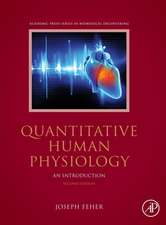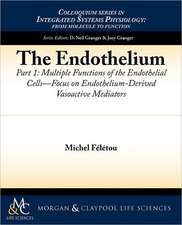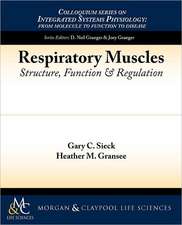Koku in Food Science and Physiology: Recent Research on a Key Concept in Palatability
Editat de Toshihide Nishimura, Motonaka Kurodaen Limba Engleză Paperback – 16 oct 2020
| Toate formatele și edițiile | Preț | Express |
|---|---|---|
| Paperback (1) | 1096.75 lei 38-44 zile | |
| Springer Nature Singapore – 16 oct 2020 | 1096.75 lei 38-44 zile | |
| Hardback (1) | 1283.15 lei 3-5 săpt. | |
| Springer Nature Singapore – 16 oct 2019 | 1283.15 lei 3-5 săpt. |
Preț: 1096.75 lei
Preț vechi: 1154.46 lei
-5% Nou
Puncte Express: 1645
Preț estimativ în valută:
209.93€ • 228.11$ • 176.45£
209.93€ • 228.11$ • 176.45£
Carte tipărită la comandă
Livrare economică 18-24 aprilie
Preluare comenzi: 021 569.72.76
Specificații
ISBN-13: 9789811384554
ISBN-10: 981138455X
Pagini: 193
Ilustrații: VII, 193 p. 80 illus., 46 illus. in color.
Dimensiuni: 155 x 235 mm
Ediția:1st ed. 2019
Editura: Springer Nature Singapore
Colecția Springer
Locul publicării:Singapore, Singapore
ISBN-10: 981138455X
Pagini: 193
Ilustrații: VII, 193 p. 80 illus., 46 illus. in color.
Dimensiuni: 155 x 235 mm
Ediția:1st ed. 2019
Editura: Springer Nature Singapore
Colecția Springer
Locul publicării:Singapore, Singapore
Cuprins
1 What is “Koku attribute” involved in food palatability?.- 2. Umami and koku: essential roles in enhancing palatability of food.- 3. The quest for umami.- 4. Umami substances and fats involved in Koku attributes in sausages.- 5. The Components Contributing to the Thickness of Beer Aroma.- 6. Koku-Attribute-Enhancing Odor Compounds.- 7. Effect of a kokumi peptide, γ-glutamyl-valyl-glycine, on the sensory characteristics of foods.- 8. Mechanism of kokumi substance perception: Role of calcium-sensing receptor (CaSR) in perceiving kokumi substances.- 9. Mouse trigeminal neurons respond to kokumi substances.- 10. Overview of studies on koku.
Notă biografică
Toshihide Nishimura (Kagawa Nutrition University, Saitama, JAPAN)
Motonaka Kuroda (Ajinomoto Co., Inc, Kanagawa, Japan)
Textul de pe ultima copertă
This is the first book to explore the science underlying the concept of “koku”, which is central to an understanding of the palatability of food within Japanese cuisine and is attracting increasing interest among food scientists and professionals worldwide. Koku may be defined as the sensation that results from the complexity of the food (i.e., its richness or body), its lingering aftertaste or persistence, and its heartiness in terms of taste, aroma, and texture. A variety of substances have been found to impact significantly on koku, including umami substances, phytosterols, certain aromatic compounds, and kokumi substances. In Koku – Food Science and Physiology, readers will find full explanation of the conceptual aspects and the latest research results on a wide range of topics, including the relevant flavor chemistry and sensory analysis. Written by leading scientists in the field, the book will be a valuable resource for students and researchers in the fields of food chemistry, nutritional science, taste physiology, and neuroscience, as well as for professionals in the food industry.
Caracteristici
The first scientific book focusing on the role of koku in food palatability Discusses koku from a food science perspective Describes the basic mechanism of koku enhancement























